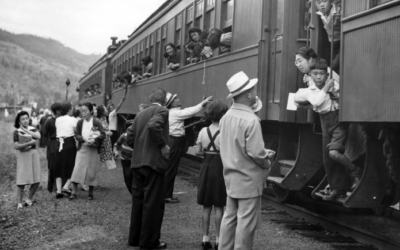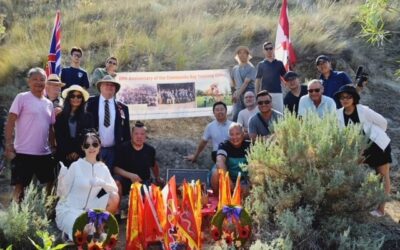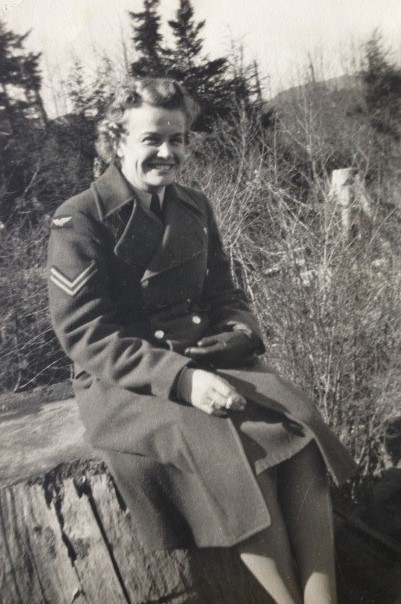
[VBMLA]
Kelowna born and raised, Olive ‘Nora’ Perry was working as a Provincial Recreation Physical Education Instructor in Kelowna when she enlisted in the RCAF in September 1942. Nora was posted to Patricia Bay on Vancouver Island, then to Trenton, Ontario. After a few years, she was granted leave to visit her family in Kelowna, after which her life took a drastic turn.
She was set to return to service aboard a Dakota RCAF DC3. After a stop at Port Hardy, the plane crashed on take-off, killing six of the 14 service personnel aboard. A civilian pilot flying into Port Hardy who witnessed the crash said, “The pilot seemed to pull the plane straight up, trying to clear the trees. Then the plane turned over to one side, crashed into trees, broke up and exploded. The bodies of the dead and wounded passengers had fallen in a tangle of tree trunks and stumps or were blown there by the explosions.” Nora awoke inside the plane with a broken arm and made her way out, aflame. Her head, face, hands, and legs suffered 3rd-degree burns.
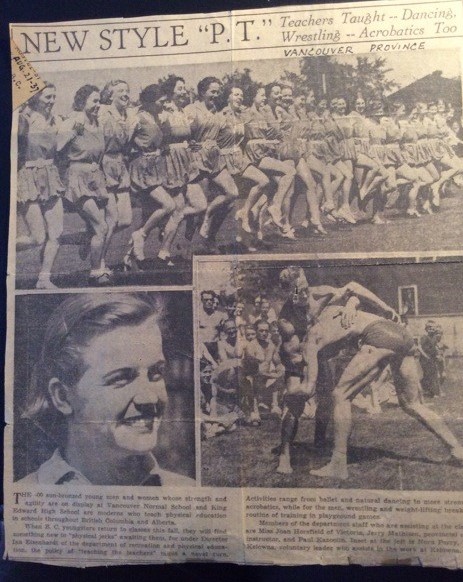
[Vancouver Province Aug. 21, 1937]
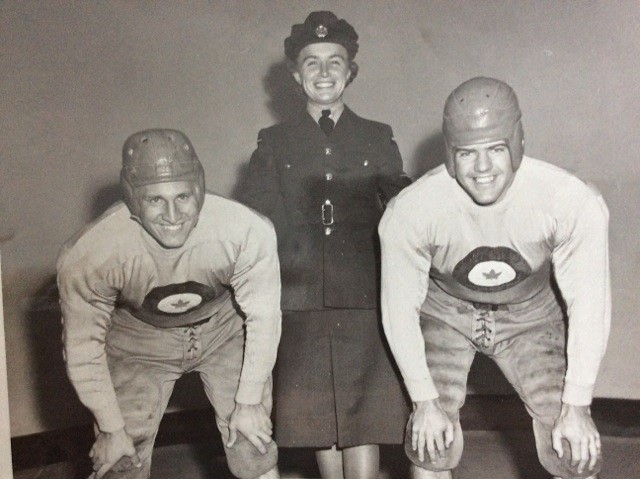
BC Football and CFL Hall of Fame
[VBMLA]
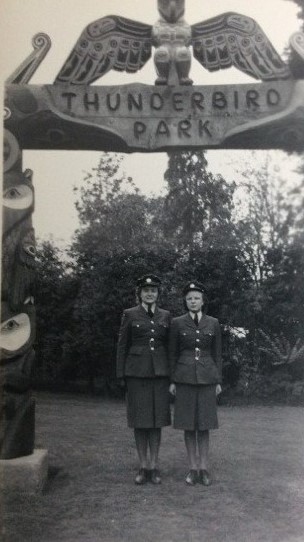
[VBMLA]
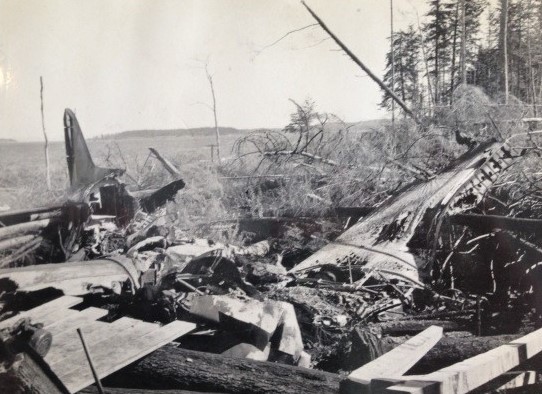
[VBMLA]
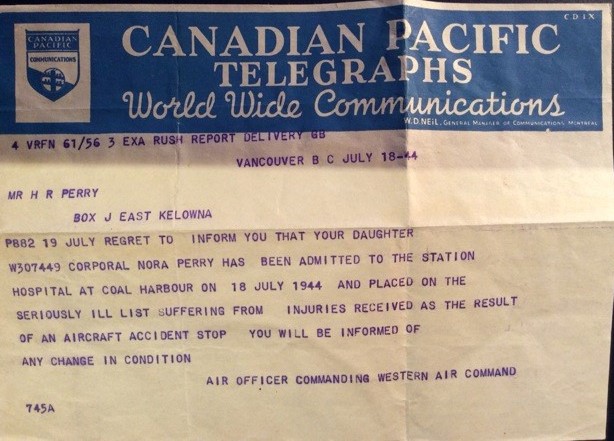
[VBMLA]
Nora’s family was shocked by her bandaged appearance when they visited her in Vancouver. She was recommended for advance care in Toronto, which meant boarding the longest air ambulance flight of its kind in Canada. The plan for the 2,300 mile, 13 ½ hour flight was a series of hops in an RCAF Lodestar transport plane. The unpressurized, unheated cargo aircraft had beds, oxygen equipment, and seating installed to accommodate the doctor, nurse and patients. Nora wore a ‘pneumonia jacket’ that circulated hot water around her chest to stay warm. Despite stormy weather, they landed safely.
The Christie Street Military Hospital staff worked to heal Nora’s burns. She had extensive skin grafts. By April 1945, when Nora’s mother came to visit her, most of her scalp and face were healing, but she was still unable to walk. Through considerable pain, Nora’s cheerful spirit and confidence lifted everyone.

[VBMLA]
She was released from the RCAF in January 1946 and started rehabilitation therapy to improve her strength and agility. She eventually practiced making various crafts, including woodwork, pottery, and jewelry, during her 11 month General Handicrafts Diploma course at McGill University.
Later, Nora worked at the Bell Telephone Co. in Montreal and soon served as President of the social club for the 2,700 women employees of Bell. While raising a family, she competed in bowling, curling and coached lawn bowling in provincial tournaments. She moved back to Kelowna to be nearer her family in 2002 and passed away there on 21 October 2004 at 84 years of age. Nora overcame many challenges to lead a rich life. Her story of perseverance continues to be inspirational.
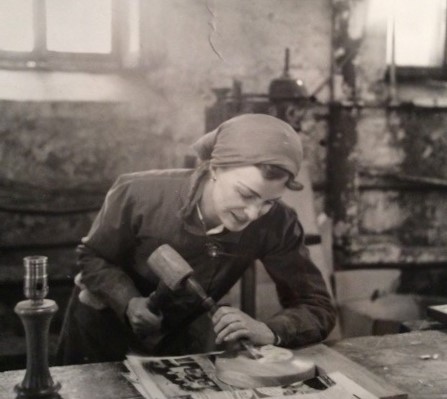
[VBMLA]
[Article based on notes from G. Cocker]
Digital reproductions of historic photographs are available and they make wonderful souvenirs and gifts! Ask us about the many options for ordering digital reproductions.

